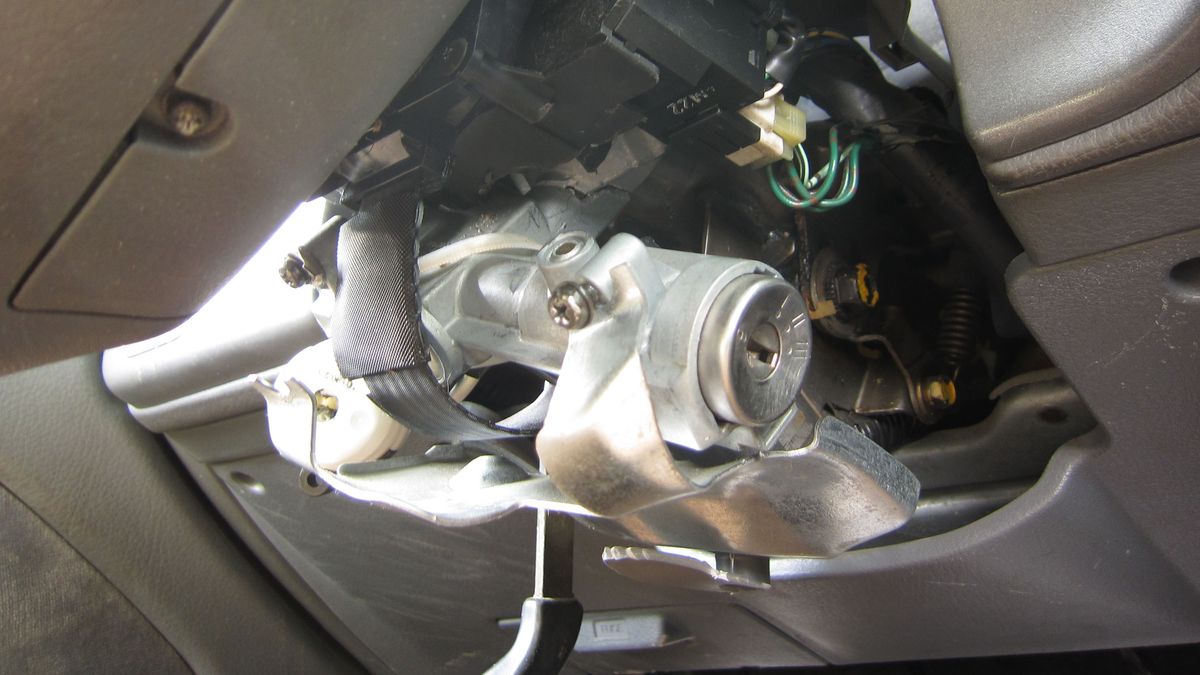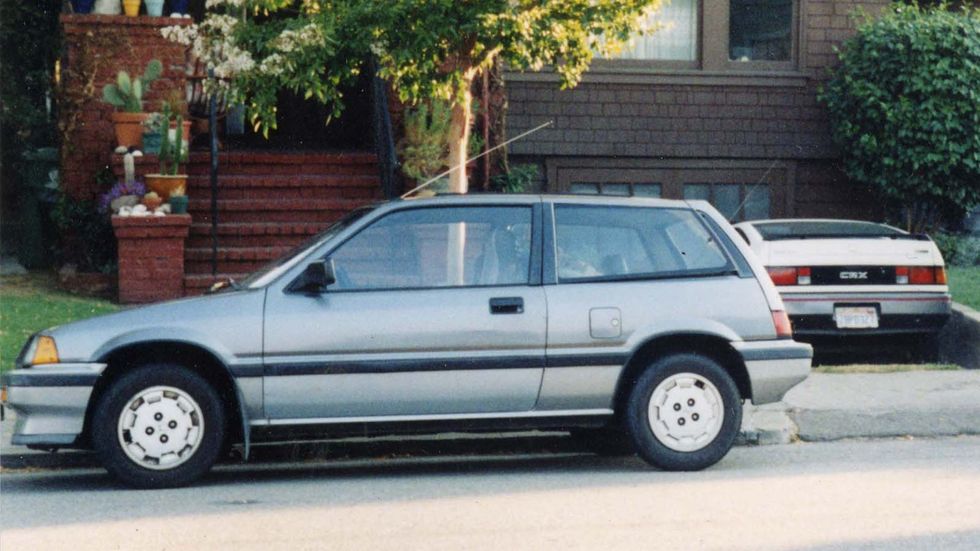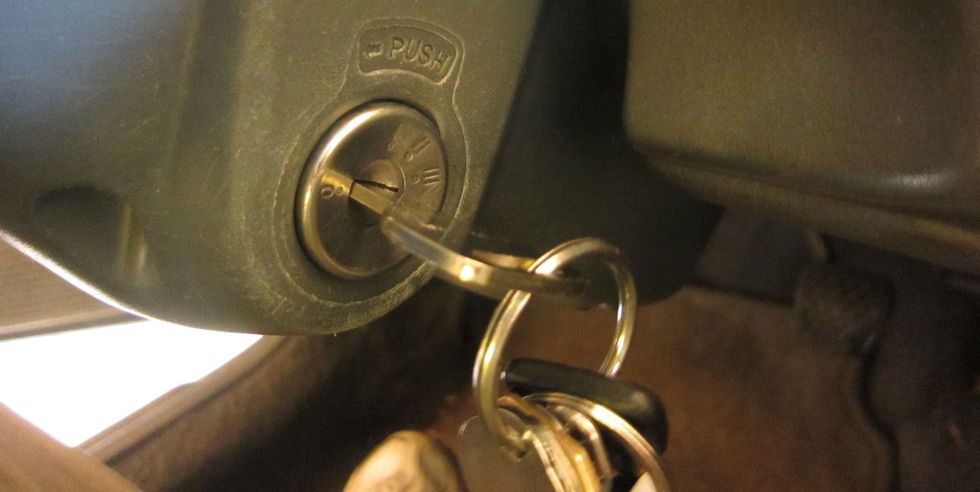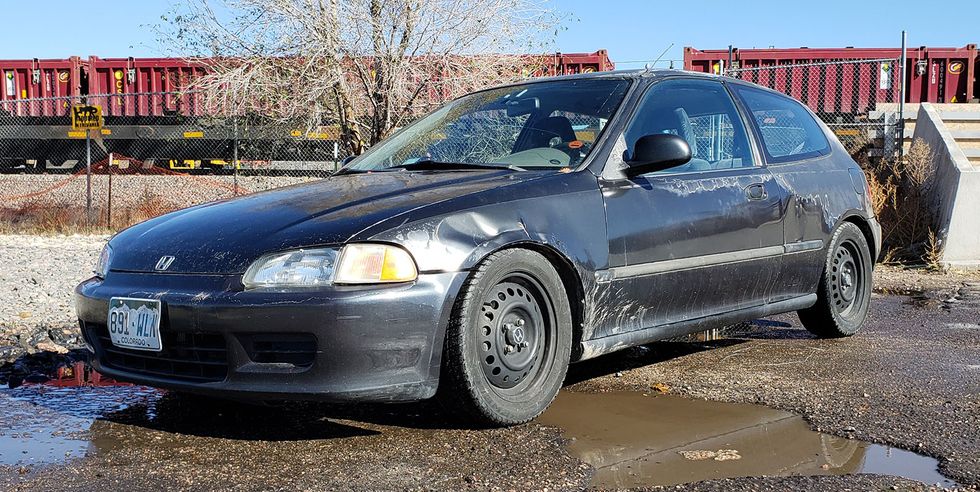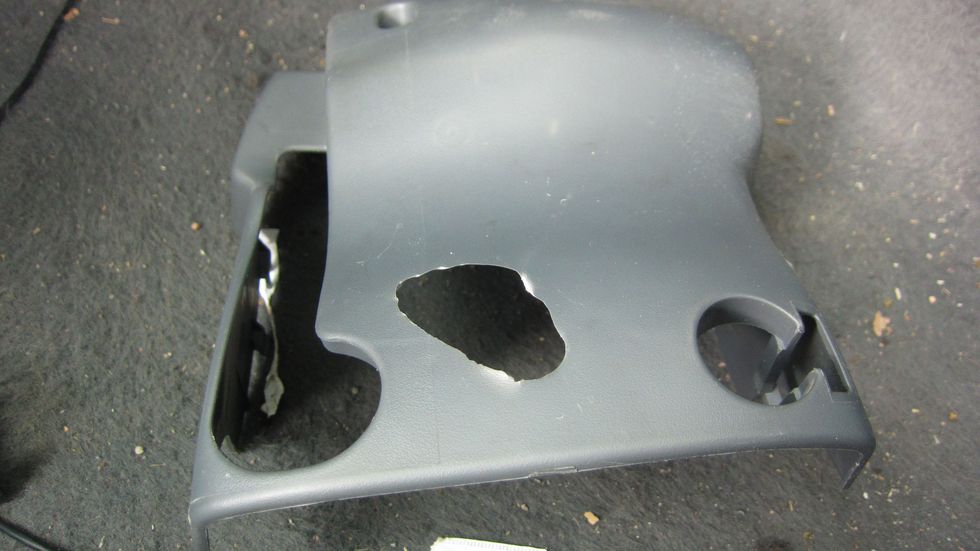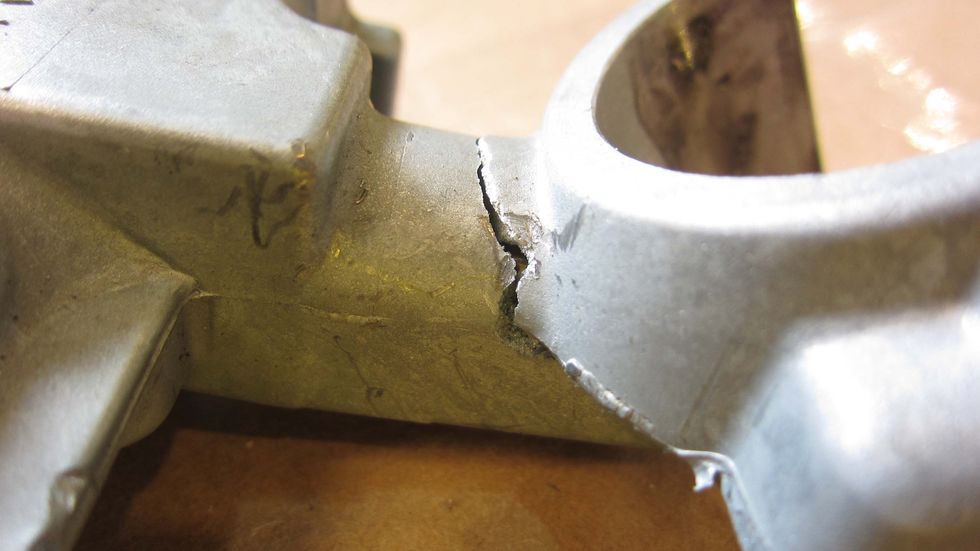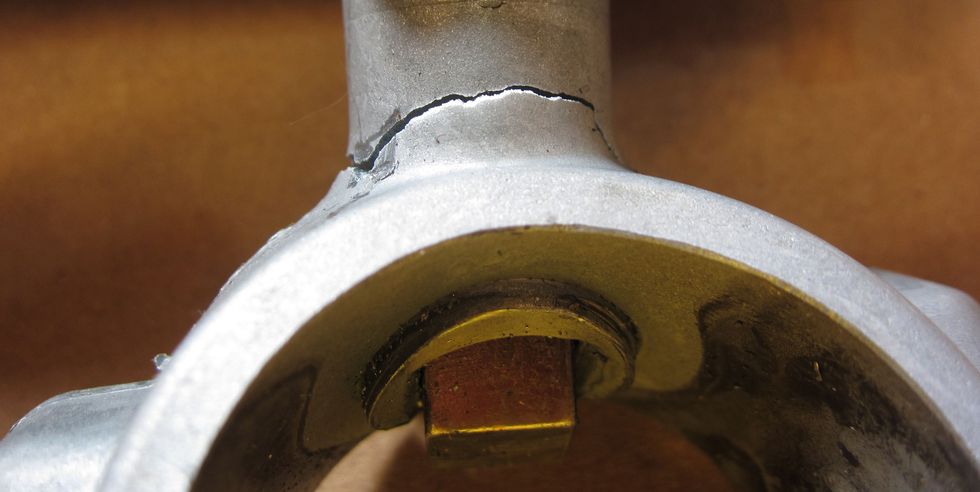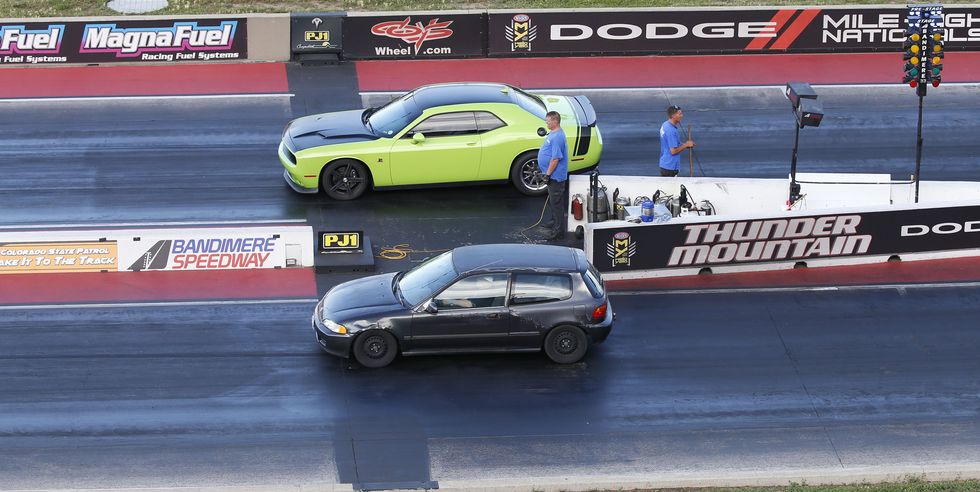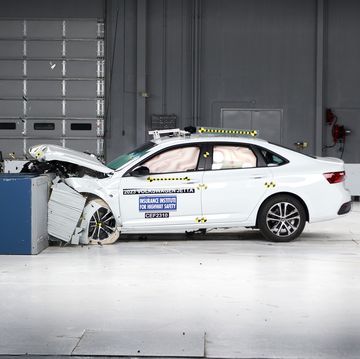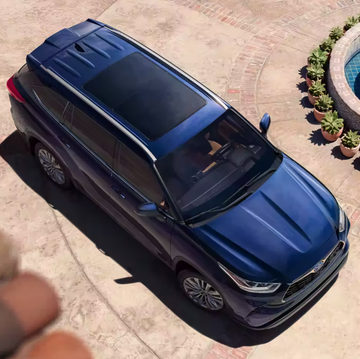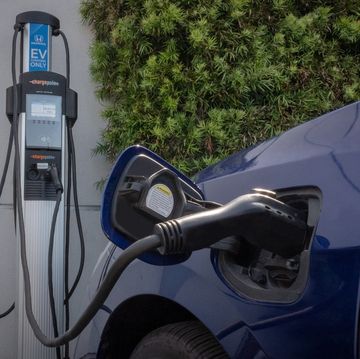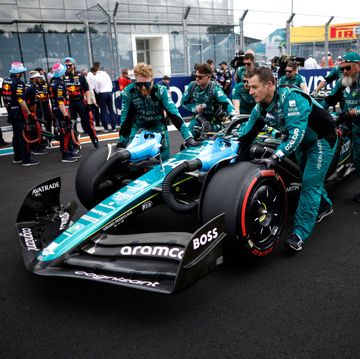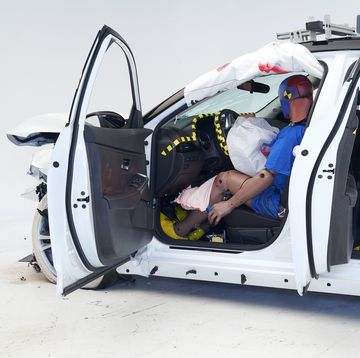With all the recent uproar about thieves stealing Kias and Hyundais using USB cables, now is the time to discuss a good means of thwarting such thefts: the simple kill switch, which prevents a vehicle from starting regardless of what destruction thieves inflict upon the ignition switch and/or steering-column locking mechanism.
I have a great deal of experience with daily-driving cars that are laughably easy to steal and parking them in theft-prone urban areas, so I've learned a few things the hard way about kill switches. Steering-column locks weren't required on US-market new cars until the 1970 model year (some manufacturers started using them a bit earlier), so just about any car made before then can be hot-wired and started very easily.
I'm not going into details about how you hot-wire an old car, but it's very easy. Because I've always enjoyed complicated wiring projects, my early days of kill switch installation didn't involve the typical method of hiding a single switch. Back a decade or four ago, I came up with what I thought was a very clever idea for theft-proofing my 1958 Beetle and then, a bit later, my 1965 Impala.
I used a row of five unlabeled switches (visible on the right side of my handcrafted Impala dash in the above photo) that had to be flipped to the correct up-down sequence in order for the car to start. So that I wouldn't forget the sequence, I used the up position for each switch to represent a 1 and the down position to represent a zero, then wired the "run" sequence (which sent power to the ignition coil) to be the five-digit binary representation for the decimal value 23 (10111).
To confuse clever thieves who might yank out the switch wiring harness (none ever tried), I braided them into a confusing bundle of extra wires that went into a hole in the firewall. This worked great (several failed attempts were made by thieves to hot-wire the ignition switch when I lived in Oakland and San Francisco during the early-to-mid 1990s), but there were two weaknesses to this rig. One, and most important, the ignition would cut out and the engine would shut down (possibly in a dangerous driving situation) if something went wrong with any of the switches and/or my wiring while in motion.
Two, my system was way too complicated for anyone else to remember, in the event that I had to have someone else drive my car (you try explaining to a non-geek, "It's just the binary for 23, how hard could it be?"). I feel somewhat vindicated by Furiosa using a similar system in her War Rig, though this re-edited bit from the film shows how my aggravated friends felt when I tied to explain the Impala's switch sequence to them.
By the late 1990s, I was buying mid-1980s Honda Civics and Toyota Tercel wagons at the San Francisco towed-car auctions (which took place at the dockside area at which some of the best shootout/car chase scenes in "Magnum Force" were filmed), driving them for a while, then selling them for a nice profit. Because these cars had steering column locks, I thought they'd be reasonably difficult to steal.
Unfortunately, Honda and Toyota didn't use many different key patterns in their cars of the era (presumably because car theft isn't much of a problem in Japan), and anyone with a few dozen keys stands a good chance of having one that fits a given 20th-century car made by those manufacturers. After I had an '84 Civic hatchback stolen by this method (when the cops found it, the thief's key was still in the ignition), I began trying Honda keys in random junkyard cars and was dismayed to find how often they'd fit. After that, I wired every car I owned with a hidden kill switch that interrupted the starter circuit. This would just be a single camouflaged switch that didn't look like a switch, the details of which will remain my secret.
I won't get into the details of exactly what kind of hardware I used and how I concealed the switches (no need to make things easier for thieves), but kill switches saved my '80s Civics and Tercels on several occasions. The thieves would try keys until one fit the door lock, then try and fail to start the car with that key. Then they'd flee, leaving the door hanging open. When I bought a 1992 Civic DX hatchback in the mid-2000s, it had already been stolen and recovered a couple of times, so I immediately installed a hidden kill switch.
This proved to be a good idea, because the kill switch prevented two theft attempts in California and three more after I moved to Denver. Only a couple of those attempts were done by thieves who lacked the knowledge and/or resources to simply gather a big ring of Honda keys and try them until one fit. Instead, those harder-working thieves used the old-school method of busting off the steering column lock. First, they would break off all the plastic trim pieces in the way of the lock.
The film "Repo Man" includes a scene depicting the old-time slide-hammer method of punching out an ignition lock, which is more applicable to tough Detroit lock hardware.
Whoever tried to steal my Civic didn't go to that much trouble, instead just using a big pliers and prybar to bend the aluminum housing for the column lock out of the way.
That deadbolt-looking rod facing downward in this photograph is what keeps the steering shaft from rotating when the ignition switch is locked. Once it is no longer engaged, the thief can use whatever tool is handy (in the case of the Kia Boyz, a USB cable is used because it fits neatly over the rectangular fitting inside the ignition switch assembly, though they still need to bust the column lock) to turn the ignition switch and drive the car away... unless the kill switch prevents the car from starting.
When this happened to my car, I would just head to the junkyard, buy the replacement parts I needed, then get a locksmith to re-key the new-to-me switch to match my existing keys.
So, yes, a kill switch will keep your car from being stolen by all but the most motivated thieves (really motivated thieves can just load your car onto a flatbed, so the only way to prevent that is by physically guarding it 24/7). If you're not an expert in automotive electrics, no problem; it's easy to find a local shop that can install a diabolically hidden kill switch that should force potential thieves to give up and move on to the next car.
